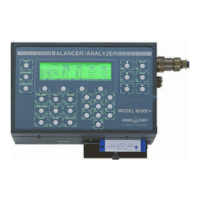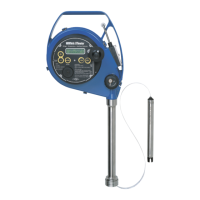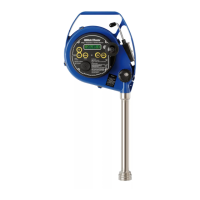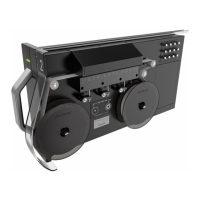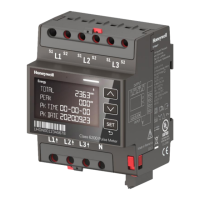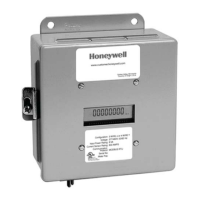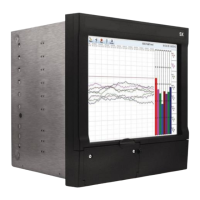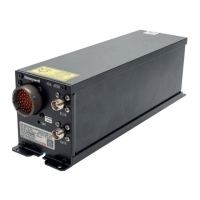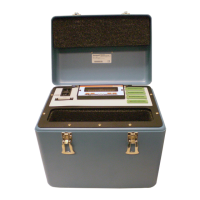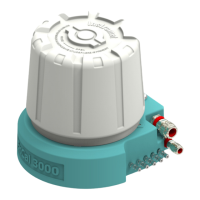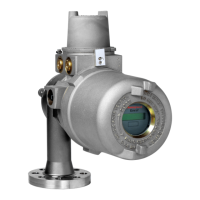Calibration Tests
8500C/8500C+ System Maintenance Manual 5-15
k. Press CHANGE soft key to select <DEGREES>.
l. Press ENTER soft key.
m. Monitor signal generator output with spectrum analyzer with marker at 100 Hz. Adjust
signal generator output channel connected to Velocimeter input until amplitude is 13.44 +/
- 0.05 mV RMS.
n. Wait 10 seconds for 8500C/C+ gain to settle.
o. Press START key on 8500C/C+.
p. Verify that display indicates:
FREQUENCY: 100.0 +/- 0.1 Hz
VIB LEVEL: 1.000 +/- 0.04 IPS
PHASE ANGLE: 180° deg. +/- 3°
q. Press STOP key.
5.5.1.4 Noise and Spurious Signals Test
This test measures the level of noise and spurious signals generated in the 8500C/C+.
a. Disconnect Velocimeter and magnetic pickup coax cables from cable 8998.
b. Press SPECTRUM key on 8500C/C+.
c. Press SETUP key.
d. Key in 1000 (Hz) with numeric keys in MAXIMUM FREQUENCY field.
e. Select SEEK: field with arrow keys.
f. Press CHANGE soft key to select SEEK:<OFF>.
g. Press ENTER soft key and wait 10 seconds.
h. Press START key.
i. Verify that no noise signal is present on display above 0.005 IPS.
NOTE: At minimum display scale, each dot on display = .001 IPS.
NOTE: If any noise signals appear, you can use left-right arrows to move cursor to noise
peak. IPS level and frequency of peak will read out at top of display.
5.5.1.5 Anti-Alias Filter Response
This test measures the ability of the two anti-alias filters to reject frequencies caused by aliasing. This
test uses a signal generator to inject a signal known to cause an alias frequency into the 8500C/C+. The
8500C/C+ then measures the alias frequency to determine how well the alias frequency was rejected.
5.5.1.5.1 500 Hz Anti-Aliasing
a. Set up spectrum analyzer to view a 13.44 mV RMS, 1722-Hz signal. Use the following
analyzer settings:
Frequency: Baseband, Start: 0 Hz, Stop: 2000 Hz
Trigger: Free run
Average: Off

